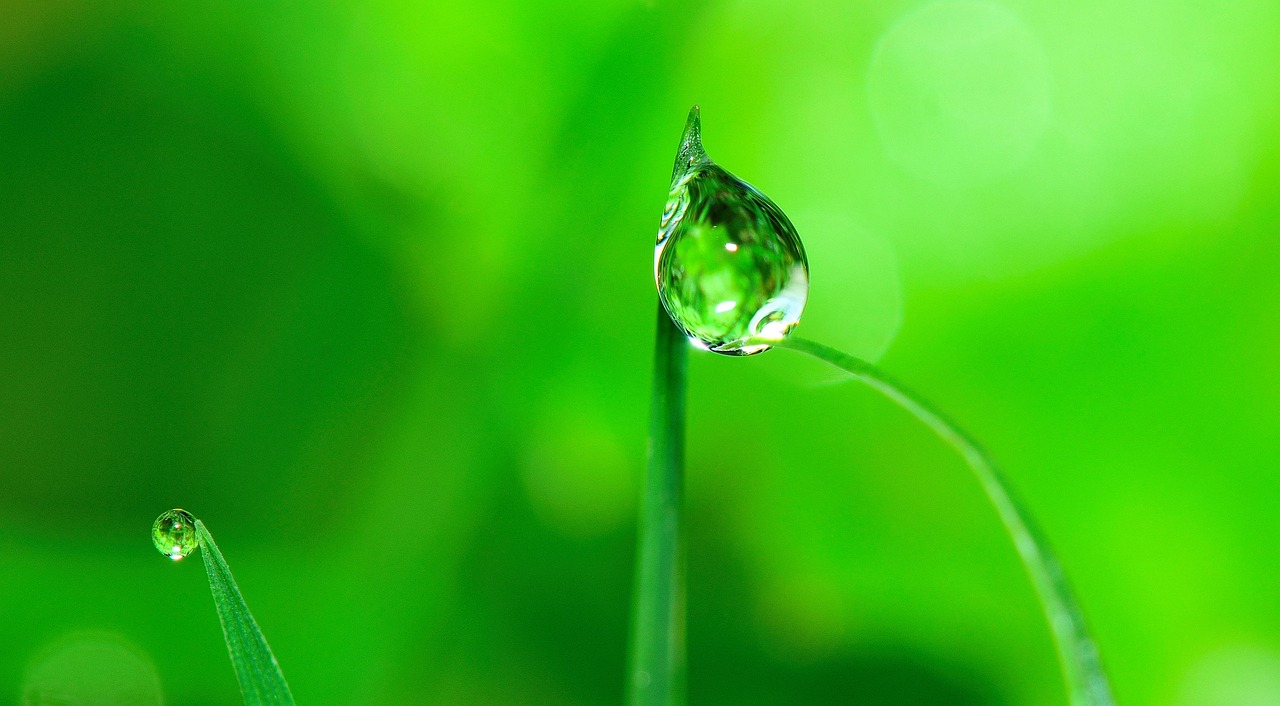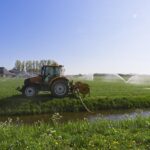Water-efficient irrigation techniques explained
Community Involvement and Education, and more…
A Journey Through the Water Cycle of the Great Basin
The Great Basin, a vast expanse in the western United States, is a region marked by arid landscapes and a unique water cycle. Understanding this cycle is crucial for appreciating the challenges and opportunities associated with water resources in this region.
The Lifeline of Rain and Snow: The Great Basin primarily relies on rain and snow falling on its surrounding mountain ranges for its water supply. This precipitation, driven by weather patterns, acts as the lifeblood of the region.
A Journey Through the Cycle:
- Precipitation: Water falls as rain or snow onto the mountains, accumulating in the form of snowpack during winter.
- Runoff: As temperatures rise, the snowpack melts, and the water flows down the mountains, forming rivers and streams.
- Evaporation: A portion of the water evaporates back into the atmosphere, contributing to the formation of clouds.
- Groundwater: Some water seeps into the ground, replenishing underground aquifers that serve as reservoirs for the region.
- Transpiration: Plants absorb groundwater and release water vapor into the atmosphere through a process called transpiration.
The Challenges of Water Shortages:
The Great Basin is a naturally dry region, and water scarcity is a growing problem. This is exacerbated by factors like:
- Climate Change: Changing weather patterns can lead to reduced rainfall and increased evaporation, impacting water availability.
- Population Growth: Increasing population puts a strain on water resources, leading to competition for limited supplies.
- Over-extraction: Excessive pumping of groundwater for agricultural and urban uses can deplete aquifers.
Finding Solutions: Water Conservation and Innovation:
Addressing the water shortage crisis requires a collaborative approach:
- Water Conservation: Implementing efficient irrigation techniques, promoting water-wise landscaping, and encouraging water-saving practices in homes and businesses.
- Innovation: Exploring alternative water sources like desalination, wastewater reuse, and rainwater harvesting.
- Collaborative Solutions: Working together across different sectors, including government agencies, businesses, and communities, to develop sustainable water management strategies.
Conclusion:
The Great Basin faces a unique set of challenges related to its water resources. By understanding the region’s unique water cycle and actively pursuing conservation and innovative solutions, we can ensure a sustainable future for this vital ecosystem.
The Great Basin: A Thirsty Land
TL;DR: The Great Basin is a dry region with a unique water cycle. Water shortages are a big problem due to climate change and overuse. We can help by using water wisely, using new irrigation methods, and working together to conserve.
How Water Moves in the Great Basin
The Great Basin is a huge area in the western United States. It’s called a “basin” because the mountains surrounding it trap rainwater and snowmelt, preventing it from flowing out to the ocean. This makes the water cycle in the Great Basin different from other places.
A Journey Through the Water Cycle
- Rain and Snow: The Great Basin gets most of its water from rain and snow that fall on the mountains.
- Runoff: When it melts, the snow flows downhill into streams, rivers, and lakes.
- Groundwater: Some of this water soaks into the ground, becoming groundwater.
- Evaporation: Water evaporates from lakes, rivers, and soil, returning to the atmosphere.
- Back to the Mountains: This moisture eventually forms clouds and falls back as rain or snow, completing the cycle.
The Challenges of Water Shortages
The Great Basin is a dry region, and water shortages are a growing problem. Here’s why:
Climate Change and Droughts
Climate change is making the Great Basin even drier. Temperatures are rising, causing more evaporation and less snowfall. This means less water is available for plants, animals, and people.
Population Growth and Water Use
The population of the Great Basin is growing, especially in places like Las Vegas, Nevada. This puts a strain on water resources, as more people need water for drinking, agriculture, and industry.
Groundwater Pumping
To meet the growing water demand, people are pumping more groundwater from underground. This can lower the water table and cause wells to run dry.
Southern Nevada: A Case Study
Southern Nevada relies heavily on groundwater. Efforts to export groundwater from counties like Clark, Lincoln, and White Pine to Las Vegas are ongoing. This raises concerns about the long-term impact on these areas and their water resources.
Finding Solutions: Water Conservation and Innovation
We can address the water shortage crisis by working together to conserve water and find innovative solutions.
Water Conservation Practices
- Use less water at home: Take shorter showers, fix leaks, and water your lawn less often.
- Water-efficient appliances: Choose appliances like dishwashers and washing machines that use less water.
- Smart irrigation: Use irrigation systems that water only when and where it’s needed.
Innovative Irrigation Techniques
- Drip irrigation: This method delivers water directly to plant roots, minimizing evaporation.
- Gray water systems: Use recycled water from sinks and showers to water plants.
- Water harvesting: Collect rainwater from rooftops for use in gardens and landscaping.
Policy Measures
- Water conservation laws: Governments can create and enforce laws that encourage water conservation.
- Water pricing: Charging higher prices for water use can encourage people to use less.
- Investing in new technologies: Support research and development of water-saving technologies.
The Active Climate Rescue Initiative
Active Climate Rescue Initiative is dedicated to addressing the Great Basin water crisis. They are working on projects like developing water-efficient irrigation techniques and promoting community education about water conservation.
Community Involvement and Education
- Get involved in your local water conservation efforts.
- Learn about the water cycle and water scarcity.
- Share what you’ve learned with others.
Together, we can ensure a sustainable future for the Great Basin.
More on Water-efficient irrigation techniques…
- ## Water-Efficient Irrigation Techniques Keywords:
- water-efficient irrigation
- water conservation irrigation
- drought-tolerant irrigation
- smart irrigation
- low-water irrigation
- drip irrigation
- micro-irrigation
- subsurface irrigation
- greywater irrigation
- rainwater harvesting
- xeriscaping
- water-wise landscaping
- irrigation system design
- irrigation system installation
- irrigation system maintenance
- water-efficient sprinklers
- water-efficient controllers
- soil moisture sensors
- smart irrigation controllers
- water-efficient gardening
- water-efficient lawn care
- water-efficient landscaping tips
- water conservation tips for irrigation
- irrigation efficiency calculator
- water savings with irrigation
- reducing water usage in irrigation
- sustainable irrigation practices
- best practices for irrigation
- irrigation technology
- irrigation innovation
- water-efficient irrigation solutions
- irrigation audit
- irrigation optimization
- ## Community Involvement and Education Keywords:
- community water conservation
- water conservation education
- community irrigation education
- community involvement in water conservation
- water conservation workshops
- water conservation webinars
- water conservation outreach programs
- water conservation awareness campaigns
- community water conservation projects
- community water conservation initiatives
- water conservation education for schools
- water conservation education for businesses
- water conservation education for homeowners
- water conservation resources for communities
- community water conservation grants
- community water conservation partnerships
- water conservation advocacy
- water conservation policy
- water conservation legislation
- water conservation solutions for communities
- promoting community water conservation
- water conservation best practices for communities
- water conservation strategies for communities
- sustainable water management for communities
- water conservation leadership
- water conservation ambassadors
- citizen science for water conservation
- community water conservation data
- water conservation impact assessment
- community water conservation success stories




